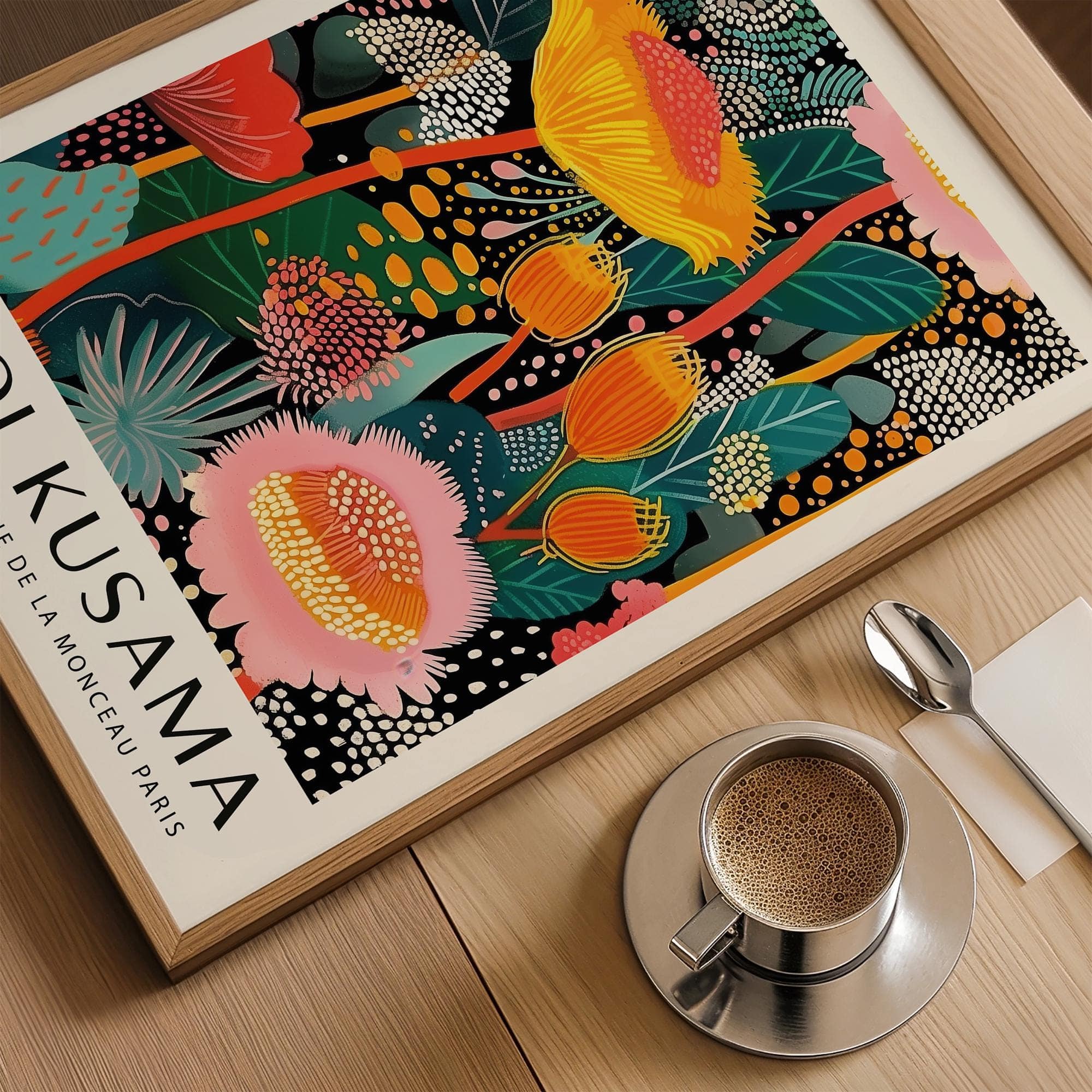Creating a Japanese Wall Art Gallery at Home
Turning a blank wall into a Japanese art gallery is a creative and rewarding way to bring depth, intention, and cultural beauty into your space. With the right mix of artwork, thoughtful placement, and cohesive styling, you can build a wall that feels balanced and personal—whether you have a few prints or a full collection. This guide walks you through planning, layout, and styling ideas to help you build your own Japanese wall art gallery at home.
Start with a Theme or Mood
Before you hang anything, think about the feeling you want the wall to evoke. Is it calm and meditative? Energized and dynamic? Seasonal or symbolic? Choosing a mood will help you pick artwork that works together visually and emotionally.
For example:
- Nature-focused: Cherry blossoms, cranes, waves, and bamboo
- Ink and brushwork: Ensō circles, calligraphy, minimalist compositions
- Seasonal flow: A series of pieces representing spring, summer, autumn, and winter
This creates unity in your gallery even if the pieces differ in size or framing.
Plan Your Layout Before Hanging
Lay out your pieces on the floor first. This lets you experiment with placement before putting any holes in the wall. Snap a photo of your layout to use as a reference when hanging.
Some layout options include:
- Grid: Neatly aligned rows and columns—ideal for similarly sized framed prints
- Salon style: A mix of sizes arranged with consistent spacing for a casual but curated look
- Linear: Horizontal or vertical rows—great for narrow hallways or over long furniture
Keep spacing consistent between artworks—about 2–3 inches is ideal for small to mid-sized prints.
Mixing Sizes and Orientations
Variety adds visual interest. Pair one large focal piece with two to three smaller works. You can mix vertical and horizontal pieces, but be sure to balance the overall shape of the gallery. Avoid putting all verticals on one side—spread them out so the wall feels even.
Tip: anchor your layout with the largest or boldest piece and build around it. This gives the eye a clear starting point and creates flow.
Frame Consistently, But Not Identically
Framing is a big part of your gallery’s overall look. Stick with a color palette—light woods, black frames, or white borders—but feel free to vary the thickness or finish slightly for texture. Matting can also help unify prints of different sizes.
If you're using scrolls or canvas art, mix them with framed pieces to add dimension. Just make sure the styles complement rather than compete with each other.
Choosing the Right Wall
Not all walls are created equal. The best gallery walls are those you see often and that offer room for the art to be noticed. Consider these locations:
- Above a living room sofa or sideboard
- Along a hallway or stairwell
- In a dining area with soft lighting
- On an entry wall to make a quiet first impression
For small spaces, a vertical gallery adds height, while wide horizontal galleries can balance out long furniture.
Blending with Decor
Japanese wall art pairs well with simple, natural decor—linen curtains, wood accents, ceramic vases, or woven baskets. Let the artwork lead the color palette. If your prints feature soft blues and greys, echo those tones in your textiles or lighting. This creates a sense of harmony across the space.
Use nearby shelves or surfaces to ground the wall with matching textures. A gallery wall doesn’t exist in isolation—it’s part of the room’s rhythm.
Let Meaning Guide Your Choices
The beauty of Japanese art lies in its subtle storytelling. A crane print might represent peace, a wave might reflect strength, and a bamboo piece could signify resilience. Think about what matters most to you and build your gallery around those themes.
If you’re not sure where to begin, our Japanese art prints collection offers a curated mix of traditional and modern pieces that work well together on the same wall.
Final Thoughts
Creating a Japanese wall art gallery is about more than arrangement—it’s about atmosphere. With just a few prints and some thoughtful planning, you can transform any blank wall into a space that feels curated, calm, and full of meaning. Let your instincts guide you, and allow the artwork to speak quietly from the walls of your home.











































